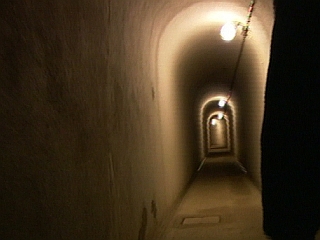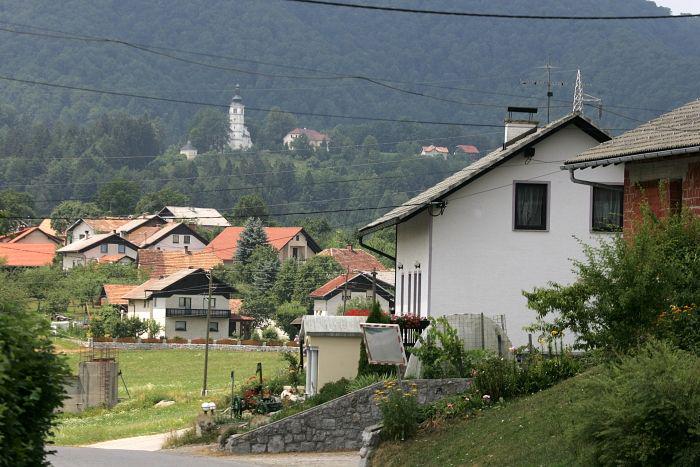

During the Axis powers’ occupation of Slovenia during World War II, ethnic Germans who had previously inhabited the region were expelled. When the war ended, large parts Kočevska were left unpopulated or inhabited by refugees who had lost their homes elsewhere.
In 1949, Communist authorities decided to close off a vast swathe of territory – measuring some 200 square kilometers -- and make it a closed military area. Many surviving villages that found themselves in the exclusion zone were abandoned or destroyed; even churches met the wrecking ball. For decades, the area remained strictly off limits to visitors.
Unbeknownst to the Slovenian public, miners and prisoners – including POWs and political prisoners – were brought in to build an underground facility for Slovenia’s political elite near the village of Gotenica. The secret bunker was designed to house the local Communist leadership in case Yugoslavia went to war. Some workers even died during the construction, but everyone was sworn to secrecy, and despite persistent whispers that something was going on, the bunkers of Gotenica remained a state secret for decades.
In 1990, Communist rule in Slovenia came to an end. Fort the first time ever, civilians and camera crews were allowed into the military area. Slovenians were shocked by what they saw on their television screens.
Extensive underground facilities had been constructed under the forests around Gotenica. They included not just extensive residential quarters with bathrooms, but also a fully-fledged operating room, X-ray facilities, offices, storage rooms, power generations, ventilation equipment, and even a movie theater to entertain the Communist elite – all connected with long hallways and protected by heavy doors strong enough to survive a nuclear war.
Forty years after its construction, the facility became a symbol of the secrecy – and self-interest -- of the Communist regime.
No longer in military use, the Gotenica bunkers now serve as storage depots for Slovenia’s film archive. After independence, the climate controlled bunkers designed to shelter the Communist elite turned out to be the perfect place to preserve Slovenia’s fragile film heritage.
Jaka Bartolj


































































